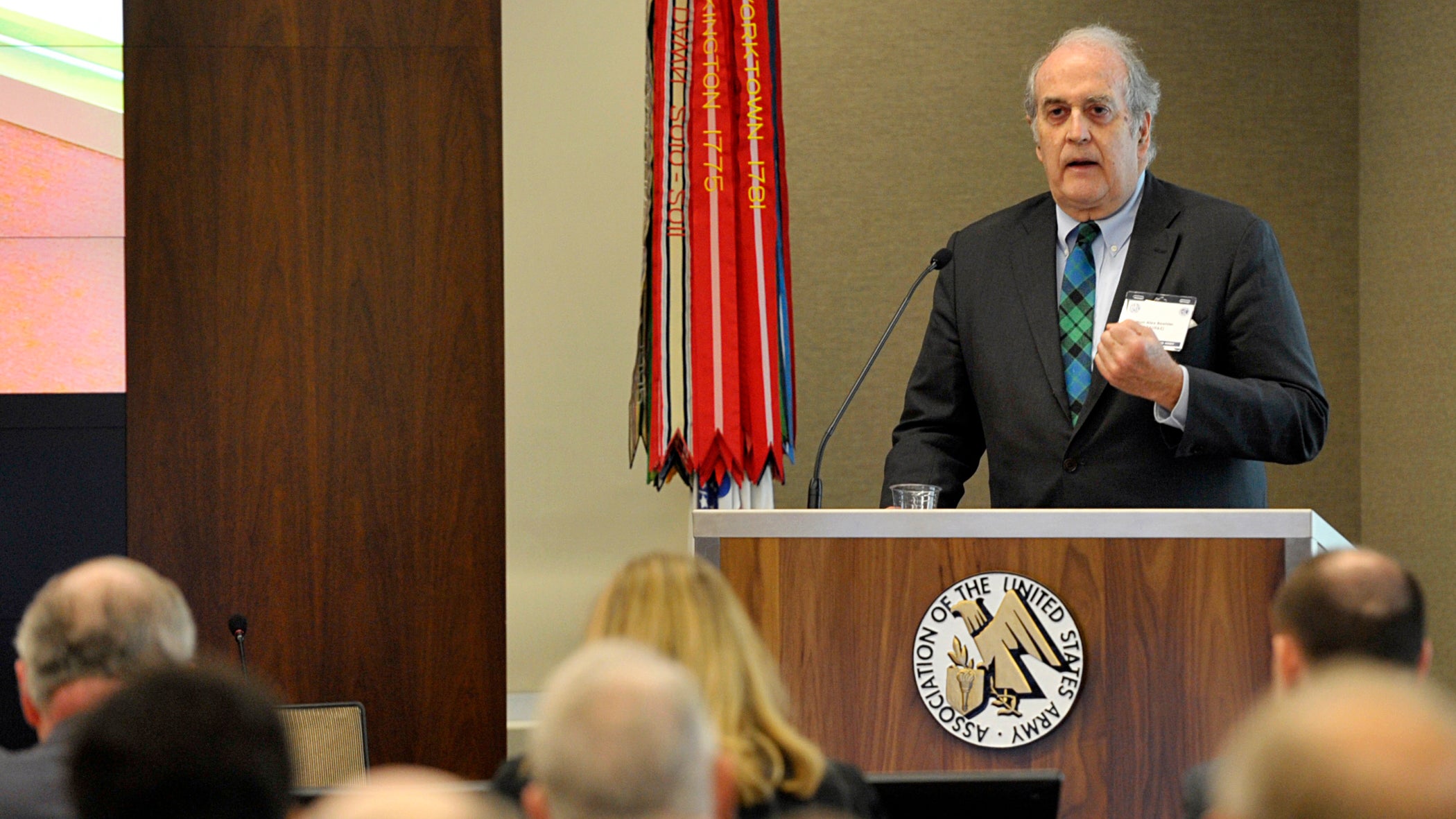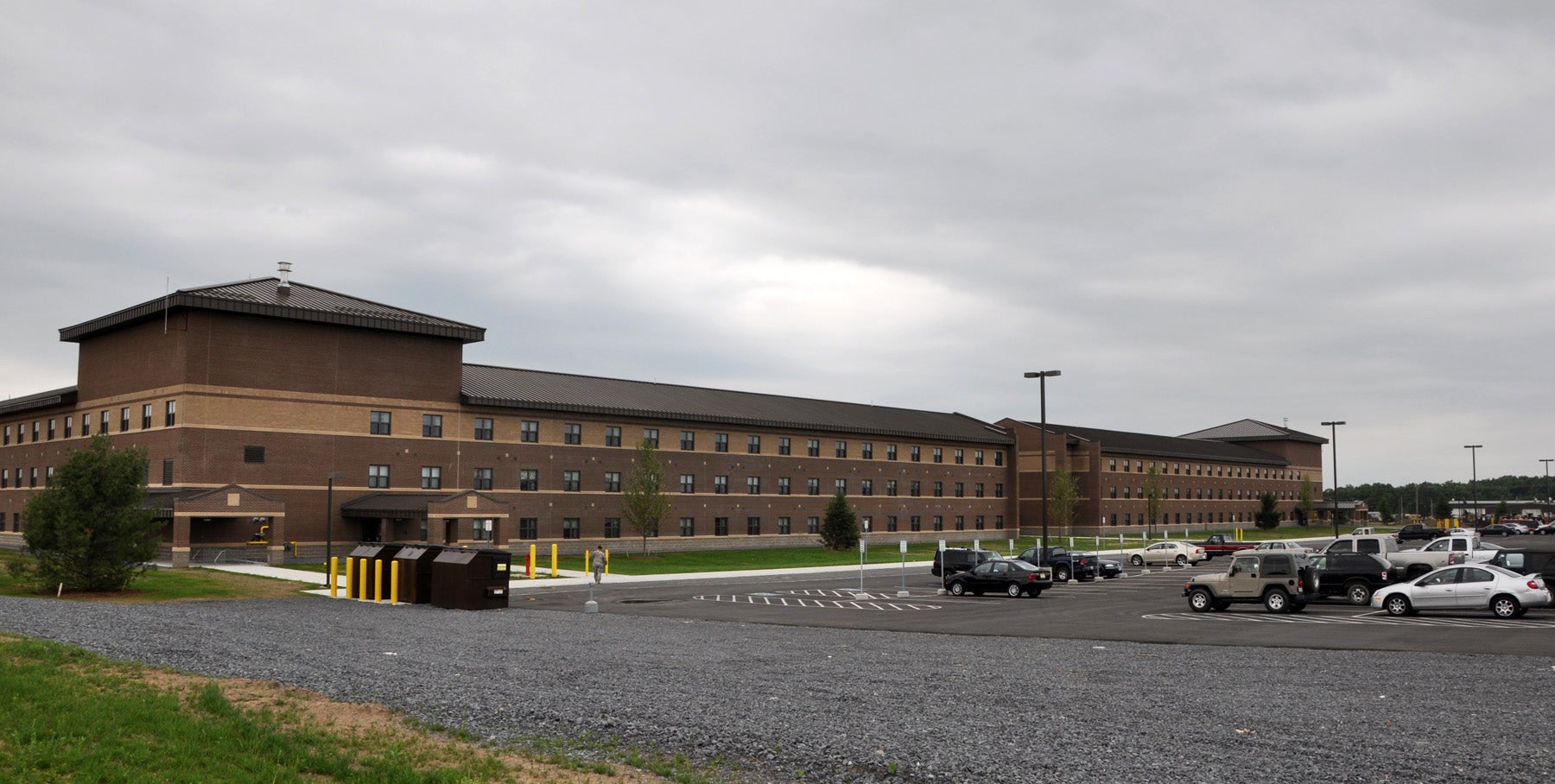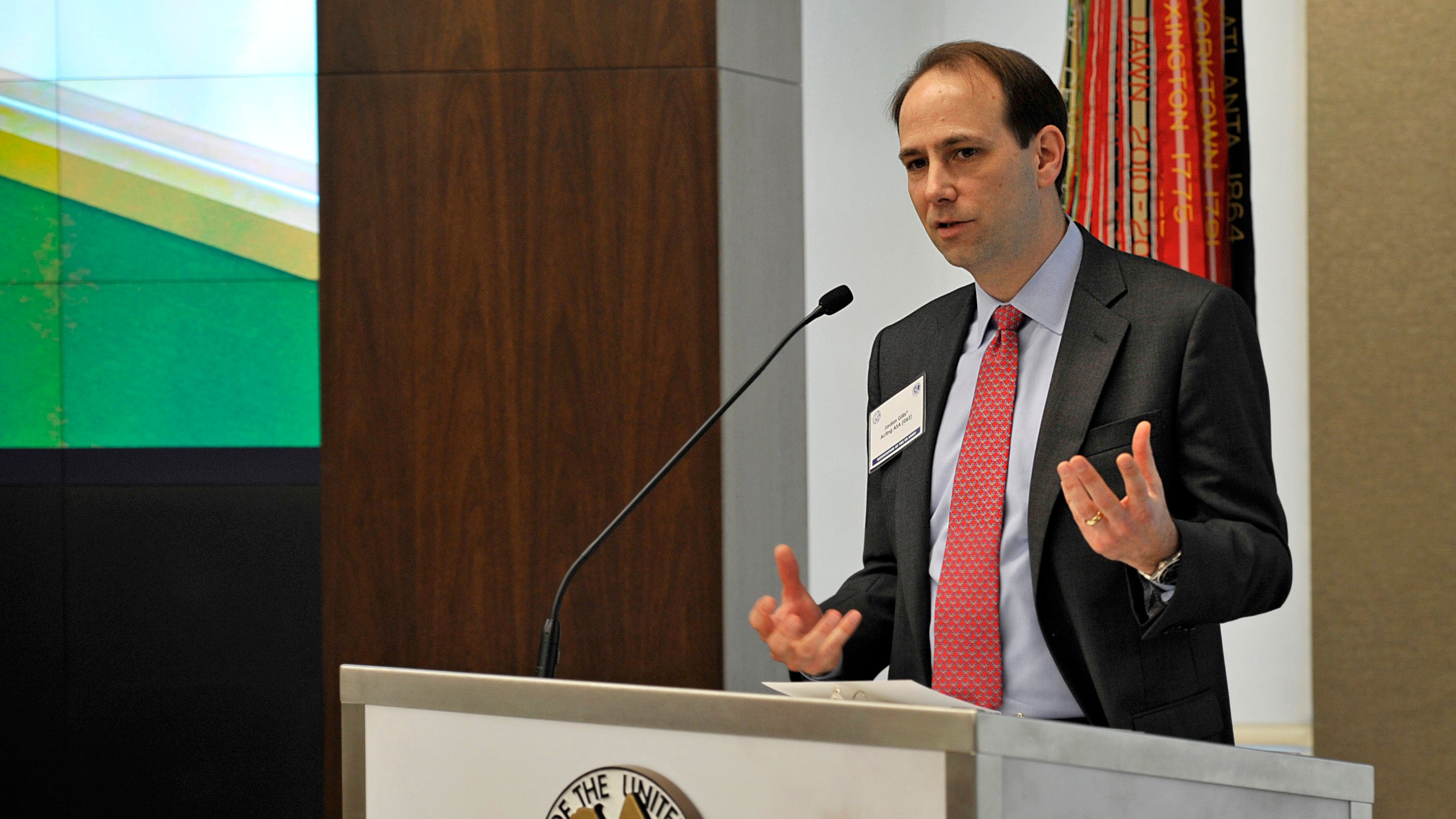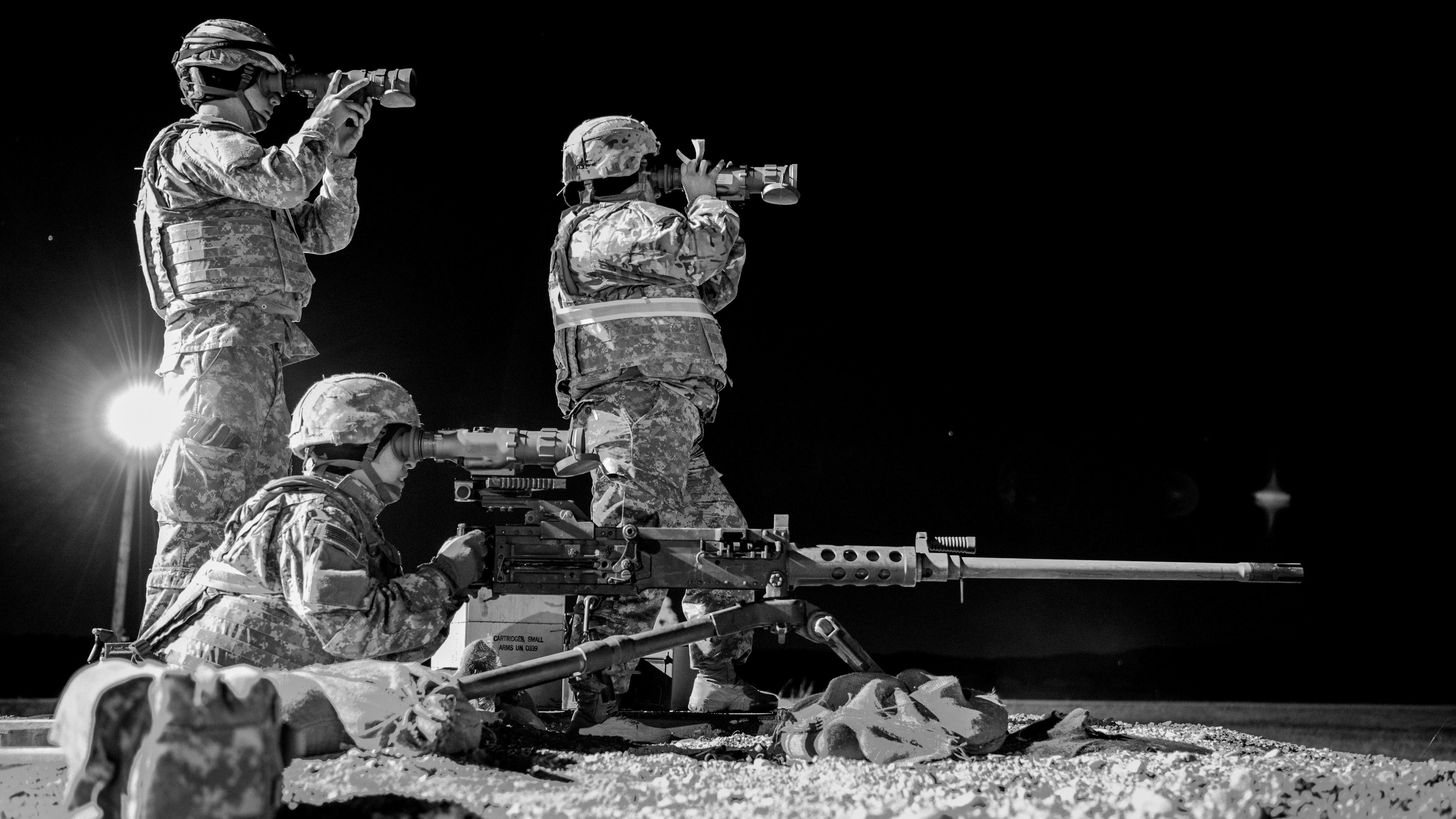Army Installations Face New Threats, Challenges

Army installations, once isolated and self-reliant outposts of the pre-World War II nation, are now part of the highly contested national security battlespace that need to be modernized and hardened, said Alex A. Beehler, assistant Army secretary for installations, energy and environment.
“Installation operations are more crucial today than ever before to protect our nation and our way of life,” Beehler said.







